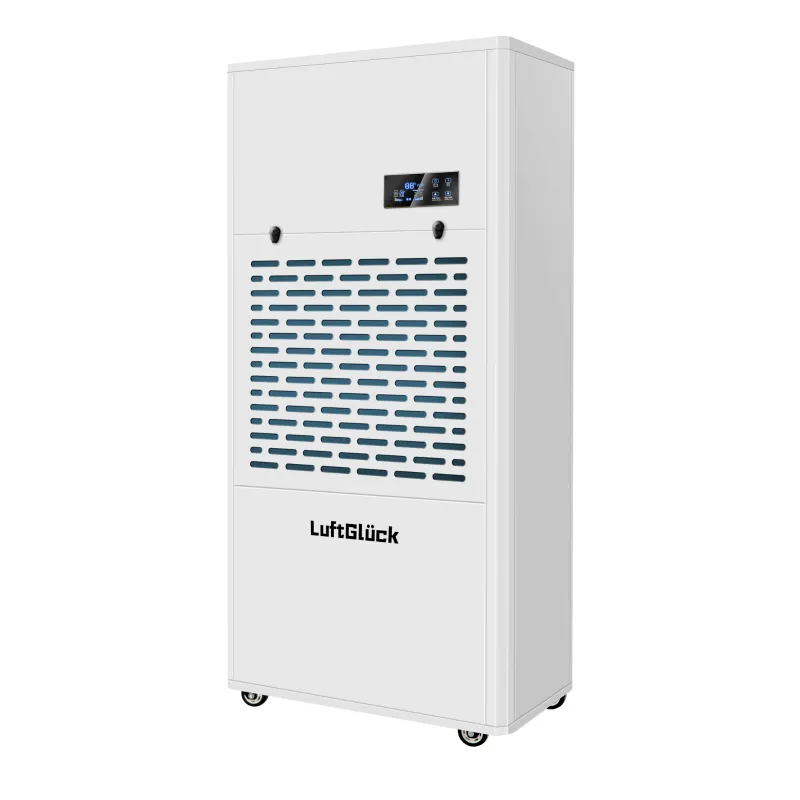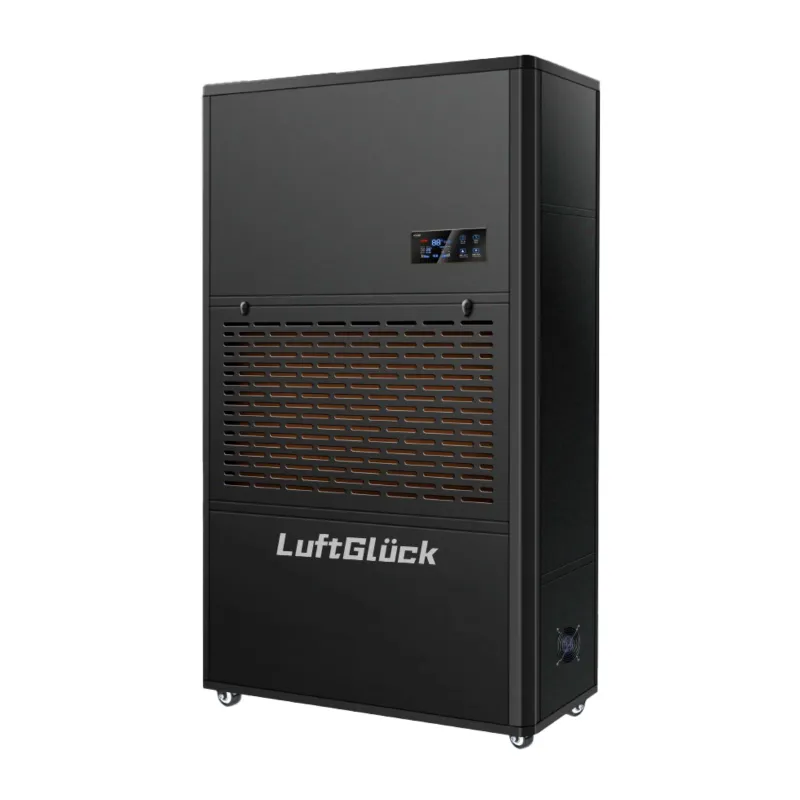Essential Factors in Commercial Dehumidification Systems
Managing moisture levels in commercial spaces requires careful consideration and the right equipment. Commercial dehumidifiers play a vital role in maintaining optimal humidity conditions across various business environments, from warehouses and manufacturing facilities to indoor pools and storage spaces. Understanding the key aspects of these sophisticated systems can help facility managers and business owners make informed decisions that impact both operations and bottom line.
The effectiveness of a commercial dehumidifier extends far beyond simply removing moisture from the air. These systems protect inventory, preserve building integrity, ensure workplace safety, and maintain compliance with industry regulations. As businesses face increasing pressure to optimize their operations while reducing energy costs, selecting the appropriate dehumidification solution becomes even more crucial.
Understanding Commercial Dehumidifier Specifications
Capacity and Performance Metrics
When evaluating a commercial dehumidifier, capacity stands as one of the most critical specifications. This is typically measured in pints per day or pounds per hour of moisture removal. The required capacity depends on various factors, including the space size, typical humidity levels, and specific application requirements. Industrial spaces often need units that can extract hundreds of pints of moisture daily to maintain proper conditions.
Energy efficiency ratings also play a crucial role in the selection process. Modern commercial dehumidifiers come with detailed energy consumption data, allowing businesses to calculate operating costs accurately. Look for units with Energy Star certification or similar efficiency standards to ensure optimal performance while minimizing energy expenditure.
Airflow and Coverage Area
The airflow capacity of a commercial dehumidifier, measured in cubic feet per minute (CFM), determines how effectively it can process the air in a given space. A higher CFM rating means the unit can handle larger areas or spaces with more severe humidity issues. However, it's essential to balance this with the specific needs of your facility to avoid over-or under-sizing the system.
Coverage area specifications help determine if a particular unit suits your space. Manufacturers typically provide square footage recommendations, but these should be adjusted based on ceiling height, air circulation patterns, and the presence of moisture-generating activities within the space.

Environmental Considerations and Operating Conditions
Temperature Range and Humidity Levels
Commercial dehumidifiers are designed to operate within specific temperature ranges, and their performance can vary significantly based on ambient conditions. Most units work optimally between 65°F and 85°F, but specialized models are available for low-temperature operations or extreme environments. Understanding your facility's temperature patterns helps ensure consistent dehumidification throughout the year.
Target humidity levels vary by application, typically ranging from 45% to 55% relative humidity for most commercial spaces. However, some environments, such as clean rooms or specialized storage facilities, may require more precise humidity control. Modern commercial dehumidifiers often include advanced humidity sensing and control features to maintain these specific requirements.
Installation Environment and Spatial Requirements
The physical installation environment significantly impacts a commercial dehumidifier's performance. Factors such as airflow obstruction, proximity to moisture sources, and adequate drainage options must be carefully evaluated. Units should be positioned to maximize air circulation while remaining accessible for maintenance and filter changes.
Space constraints often influence the choice of commercial dehumidifier configurations. While some facilities can accommodate large floor-mounted units, others might require ceiling-mounted or ducted systems. Consider not only the unit's footprint but also necessary clearance for maintenance access and proper air circulation.
Maintenance and Long-term Considerations
Regular Maintenance Requirements
A commercial dehumidifier requires consistent maintenance to maintain peak performance. This includes regular filter cleaning or replacement, coil inspection, and drainage system checks. Establishing a maintenance schedule based on usage patterns and environmental conditions helps prevent unexpected downtime and extends equipment life.
Training facility staff in basic maintenance procedures ensures proper daily operation and helps identify potential issues before they become serious problems. Keep detailed maintenance records and establish relationships with qualified service providers for more complex repairs or annual inspections.
Longevity and Warranty Coverage
The expected lifespan of a commercial dehumidifier typically ranges from 8 to 15 years, depending on usage patterns and maintenance quality. When evaluating different models, consider the manufacturer's warranty terms and the availability of replacement parts. Some premium units offer extended warranty options that can provide additional peace of mind.
Factor in the total cost of ownership, including potential repair costs and energy consumption over the unit's lifetime. While higher-quality commercial dehumidifiers might have a larger upfront cost, they often prove more economical in the long run through reduced maintenance needs and better energy efficiency.
Frequently Asked Questions
How does the size of my facility affect dehumidifier selection?
The facility size directly impacts the required capacity and airflow of your commercial dehumidifier. Calculate the total cubic footage of the space and consider factors like ceiling height, air exchange rates, and moisture load to determine the appropriate size. Professional assessment may be necessary for complex installations or specialized applications.
What energy efficiency features should I look for in a commercial dehumidifier?
Look for features such as Energy Star certification, variable speed fans, automatic defrost systems, and smart controls that adjust operation based on actual humidity levels. Modern units often include energy recovery systems that help reduce overall operating costs while maintaining optimal performance.
How often should commercial dehumidifier maintenance be performed?
Basic maintenance tasks like filter cleaning should be performed monthly, while more comprehensive maintenance, including coil cleaning and system inspection, should be scheduled quarterly or semi-annually. The specific maintenance frequency depends on operating conditions, usage patterns, and manufacturer recommendations.

